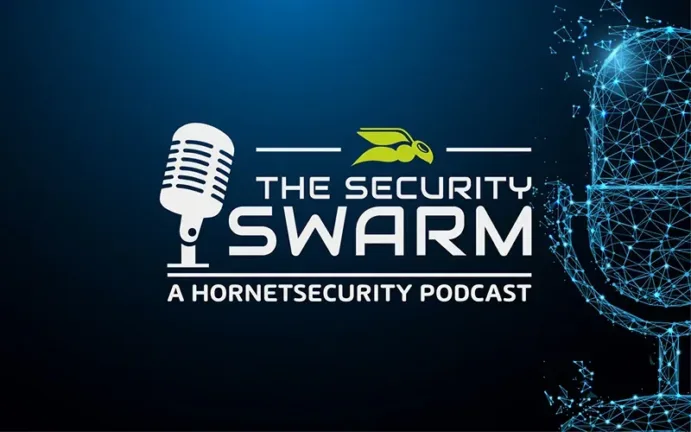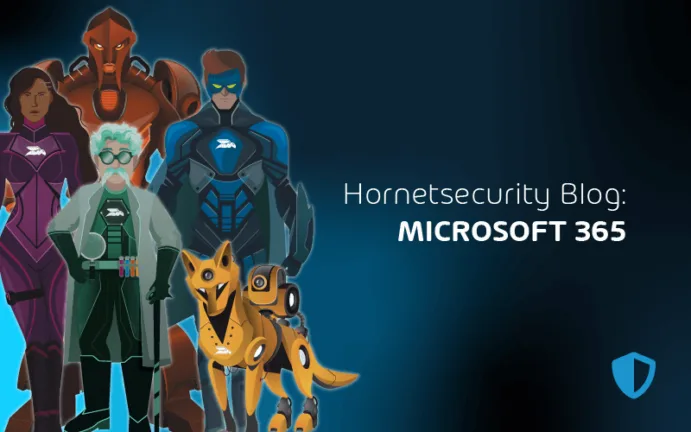


The Security Swarm Podcast
Welcome to The Security Swarm Podcast – a weekly conversation about the most critical issues facing the world of cybersecurity today, hosted by Andy Syrewicze, Security Evangelist at Hornetsecurity. From the malicious use of AI tools to social engineering scams, each episode hones in on a pertinent topic that is dissected by an industry expert and backed up by real-world data direct from our Security Lab.
The world of cybersecurity should not be taken on alone – it’s time to join the swarm.




